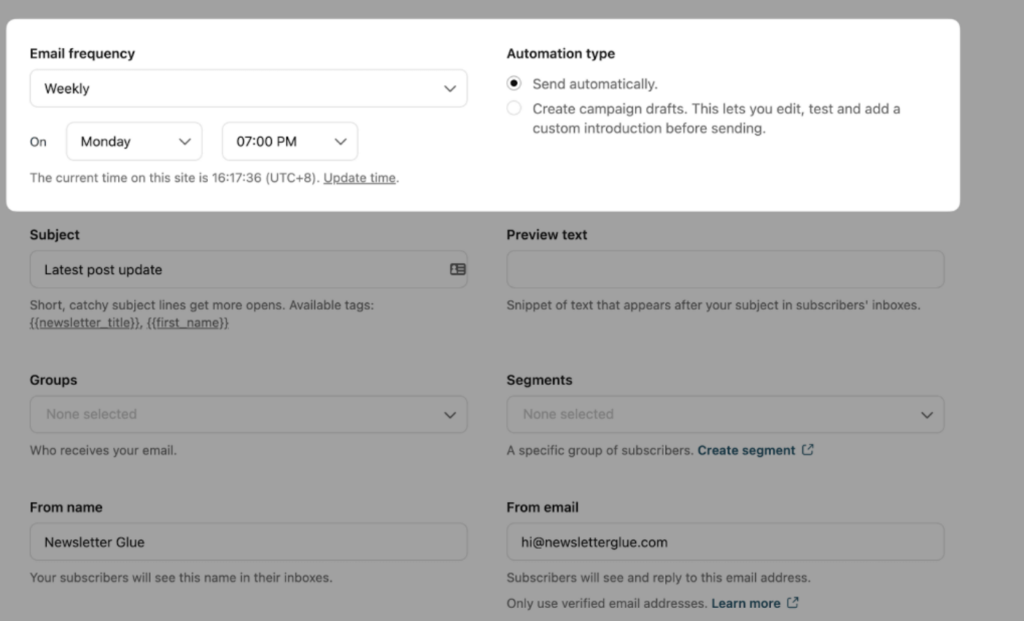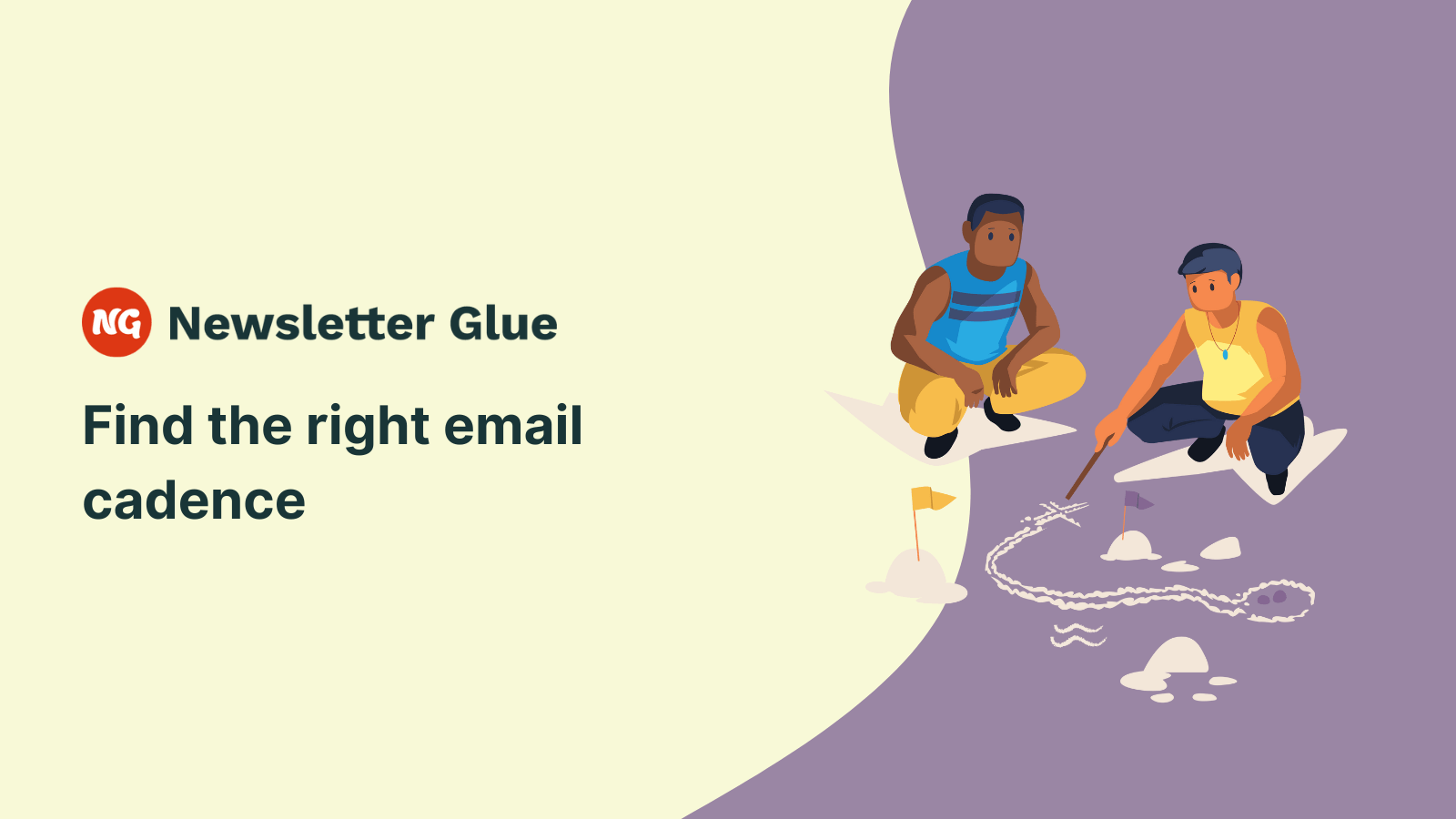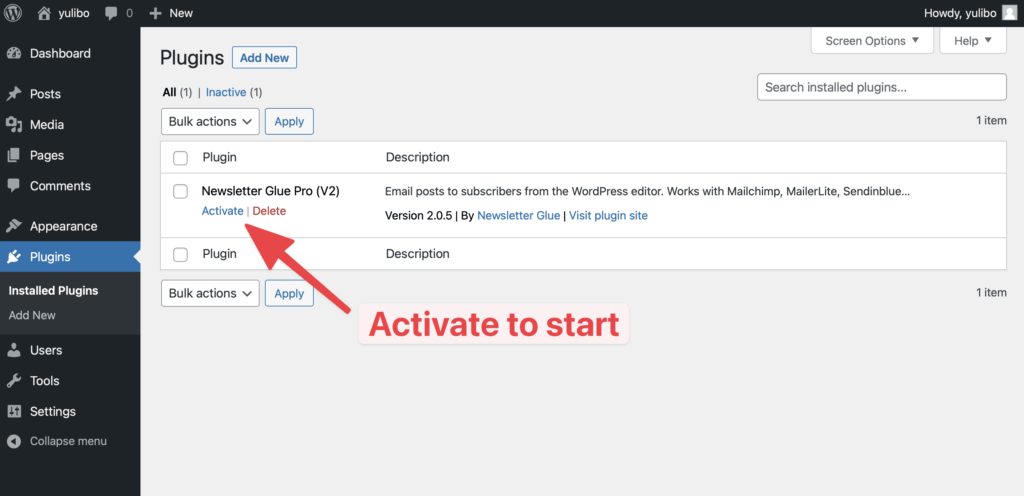Do you want to know the best times to send your email newsletters?
Establishing delivery times and frequency is a crucial aspect of any successful email marketing strategy. This is known as email cadence.
Striking the perfect balance between effectively reaching out to your subscribers and ensuring you don’t overwhelm them can significantly impact engagement and conversions.
In this article, we’ll explore the key factors and practical tips on how to find the optimal email cadence for your audience. Discover how to maintain a consistent and effective communication rhythm that keeps your subscribers engaged and eager to interact with your brand.
What is email cadence?
Email cadence refers to the frequency and timing at which you send emails to your subscribers.
It determines how often your audience receives messages from your brand and helps manage your subscribers’ expectations and engagement levels.
Email cadence includes factors such as the:
- Number of emails sent per week or month
- Specific days and times for sending
- The overall pacing of your email campaigns
Getting email cadence right requires understanding your audience’s preferences, behaviours, and the goals of your email marketing campaigns. The ideal email cadence varies depending on your industry, the type of content you share, and the expectations of your subscribers.
Why is it important to find the right email cadence?
Email cadence is a crucial consideration because it directly impacts your open rates, click-through rates, and overall subscriber engagement.

Sending too many emails can lead to email fatigue, spam complaints, and increased unsubscribes. Conversely, sending too few emails could result in reduced engagement and missed opportunities to connect with your audience.
Finding the right email cadence enables you to effectively nurture your subscribers, deliver valuable content, drive conversions, and build stronger relationships with your audience.
Factors to consider for email cadence
When determining the right email cadence, consider the following factors:
- Company goals: Align your email cadence with your business objectives. Whether it’s promoting products, nurturing leads, or providing valuable content, the frequency of your emails should support your overall marketing strategy.
- Subscriber behaviour: Analyse how your subscribers interact with your emails. Consider factors such as open rates, click-through rates, and unsubscribe rates to understand their preferences. Adjust your email cadence based on their engagement levels and feedback.
- Type of email content: Different types of emails may require different cadences. For example, you might send newsletters weekly or monthly and have a specific campaign timeline for promotional emails. Tailor the cadence to suit the purpose and nature of the content you’re delivering.
- Time of day/week: Experiment with sending emails at different times and days to identify when your audience is most likely to engage. Consider time zones, work schedules, and industry-specific patterns to optimise the timing of your emails.

How to determine the right email cadence
To determine the right email cadence for your audience, follow these steps:
- Starting with a baseline: This can be a conservative starting point, such as sending one email per week or every other week. This allows you to gauge initial engagement, gather data and adjust accordingly.
- Analysing email engagement: Monitor key metrics such as open rates, click-through rates, and unsubscribe rates to assess engagement levels with your current email cadence. Identify patterns or trends in engagement levels to gain insights into their preferences and behaviour.
- Testing different cadences: This could involve increasing or decreasing the frequency of emails or testing different days of the week or times of the day. You can also try segmenting your audience and tailoring cadence to specific groups. Use A/B testing or split testing to compare the performance of different cadences and determine which resonates best with your subscribers.
- Evaluating and adjusting as needed: Continuously evaluate the results of your tests to analyse the impact of different cadences on your email engagement metrics. Pay attention to any changes in open rates, click-through rates, conversions, and overall subscriber satisfaction. Based on the data and feedback, make adjustments to your email cadence as needed.
Best practices for email cadence
Now that you’re clued up on the factors that influence email cadence and why it’s important, get started by following these best practices.
- Personalisation: Tailor your email to individual subscriber preferences whenever possible. Use segmentation and personalisation strategies to send relevant content based on their interests, past interactions, or purchasing behaviour. This helps ensure that subscribers receive emails at a frequency that aligns with their specific needs and preferences.
- Let them opt out of specific categories: Provide subscribers with the ability to opt out of specific email categories or topics. This empowers them to choose the types of content they want to receive, reducing the risk of overwhelming them with irrelevant emails. Offering clear and easy-to-use preferences settings allows subscribers to customise their experience and receive emails that are most valuable to them.
- Give subscribers a frequency control option: Consider giving subscribers the option to control the frequency of emails they receive. This can be in the form of a preference centre where they can choose the frequency, such as weekly, bi-weekly, or monthly updates. Providing this control allows subscribers to manage their inboxes and receive emails at a pace that suits them.
Wrapping Up: How to find the right email cadence and drive more conversions
The right email frequency is crucial for effective email marketing.
By paying close attention to the best email cadence, you can positively impact engagement, subscriber satisfaction, and overall campaign effectiveness.
Your key takeaways:
- Align your email frequency with your business objectives.
- Analyse how your subscribers interact with your emails to determine cadence.
- Consider that different types of emails may require different cadences.
- Experiment with sending emails at different times and days to identify when your audience is most likely to engage.
- Choose a platform that offers you a simple way to create optimised email campaigns and newsletters.


